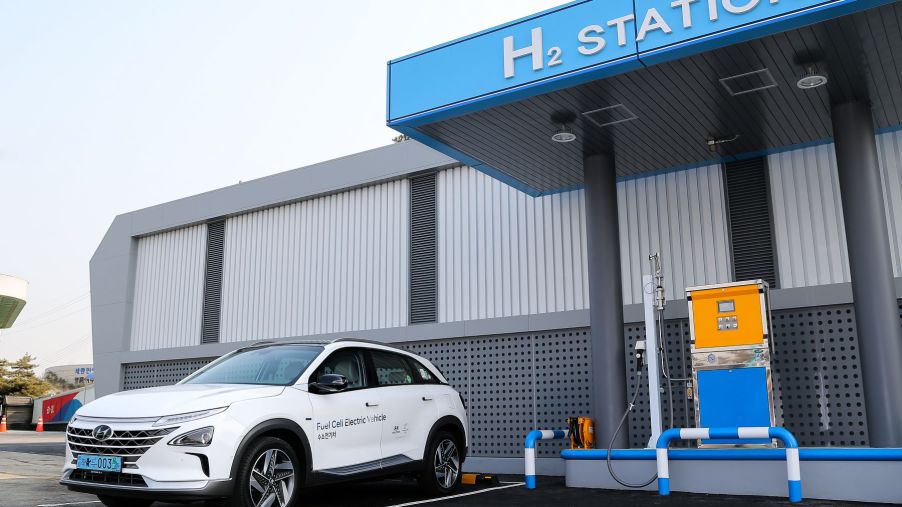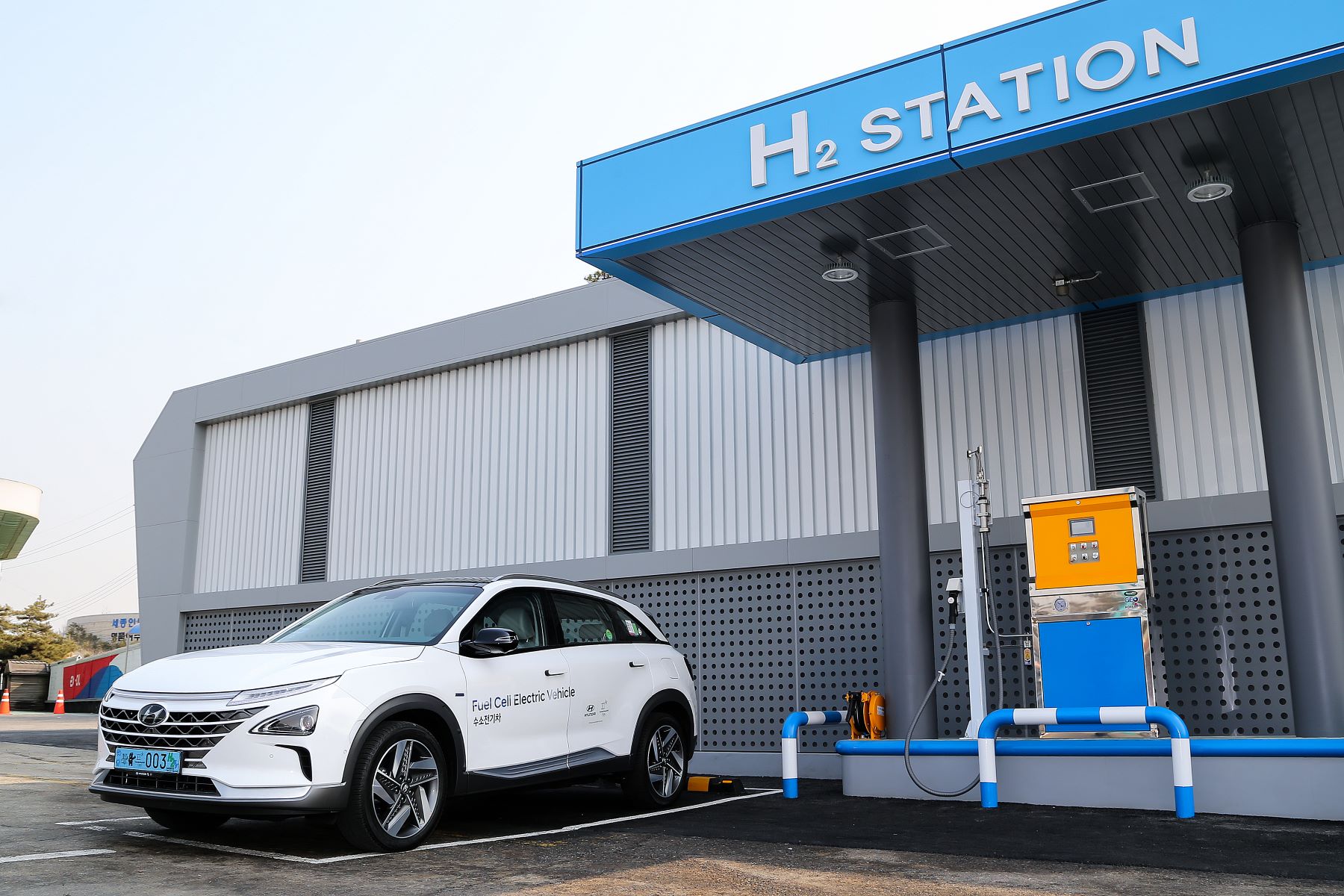
There Are Only 2 Hydrogen Fuel Cell Models Available for Sale or Lease in America
It’s no secret that electric vehicles (EVs) are currently dominating the automotive market. Last year, EV sales were up over 200% compared to 2020. With more automakers releasing EVs and new plug-in hybrids (PHEVs) each year, it looks like electrification is the future.
Still, you don’t see as many hydrogen fuel cell vehicles (HFCVs). It doesn’t help that the infrastructure for these vehicles isn’t nearly as accommodating compared to EVs. There are also only two HFCVs you can buy in the U.S., so let’s take a look at both of them.
Where can you buy the Toyota Mirai?
You can’t get a Toyota Mirai if you live outside of California, where most hydrogen fueling stations in North America are located. Instead of relying on the battery to supply electricity, the AFDC says that HFCVs use their hydrogen-powered fuel cells instead.
Hydrogen has a high energy density and is more expensive than regular gas, so many automakers are hesitant to produce HFCVs. With so few of these vehicles on the road, there’s little justification for building many hydrogen refueling stations. It’s a shame when you consider that HFCVs can refuel themselves much faster than EVs.
Even with DC fast charging, most EVs need at least 30 minutes to replenish 70% of their battery range. DriveLean tells us that most HFCVs only need 5 minutes to regain a full battery. Additionally, the Toyota Mirai has an impressive range of 402 miles.
The singular electric motor inside the Mirai generates 182 hp and 300 lb-ft of torque. It can seat up to five riders and comes with a unique interior design, complete with a large center touchscreen. Standard features include smartphone integration, a JBL audio system, and Toyota Safety Sense 2.5+.
The Limited trim has an identical powertrain but has a few extra features like a moonroof and heated/ventilated seats. The base Toyota Mirai XLE currently retails for $49,500, and the Limited trim costs an even $66,000. According to Car and Driver, the Toyota Mirai is the most popular HFCV right now, with about 10,700 units sold in total.
The Hyundai Nexo is the only other hydrogen-fueled option you can buy

Hyundai says the Nexo is a hydrogen fuel-cell powered SUV capable of 161 hp and 291 lb-ft of torque. Despite its heavier curb weight, Car and Driver reports that this model is actually slightly quicker than the Toyota Mirai. C/D didn’t note anything special about the Hyundai Nexo’s performance, but its handling always remains composed.
It’s also quite efficient with 380 miles of range, though this only applies if you have the standard 17-in wheels. The Hyundai Nexo’s range drops to 354 miles with the Limited model’s 19-inch wheels.
Each Hyundai Nexo Blue comes with faux leather seats, a decent selection of safety features, and automatic climate control. On the Limited model, you get more convenience features and a premium audio system. The Hyundai Nexo Blue costs $59,435 to start, while the Limited model can be purchased for $62,885.
What happened to the Honda Clarity Fuel Cell model?
We last saw the Honda Clarity Fuel Cell for the 2021 model year. This hydrogen fuel cell sedan can generate 174 hp and has an EPA-estimated range of 360 miles. According to Honda, the Clarity Fuel Cell also has an optimized start-up function for cold weather.
However, it seems that Honda has delisted the vehicle from its website with no current plans to continue the car’s production. It was likely discontinued thanks to rapidly declining sales figures: only 4,215 examples were sold in 2020. Car and Driver says that you can still lease the Honda Clarity Fuel Cell through the end of this year (if you can find it, that is).


